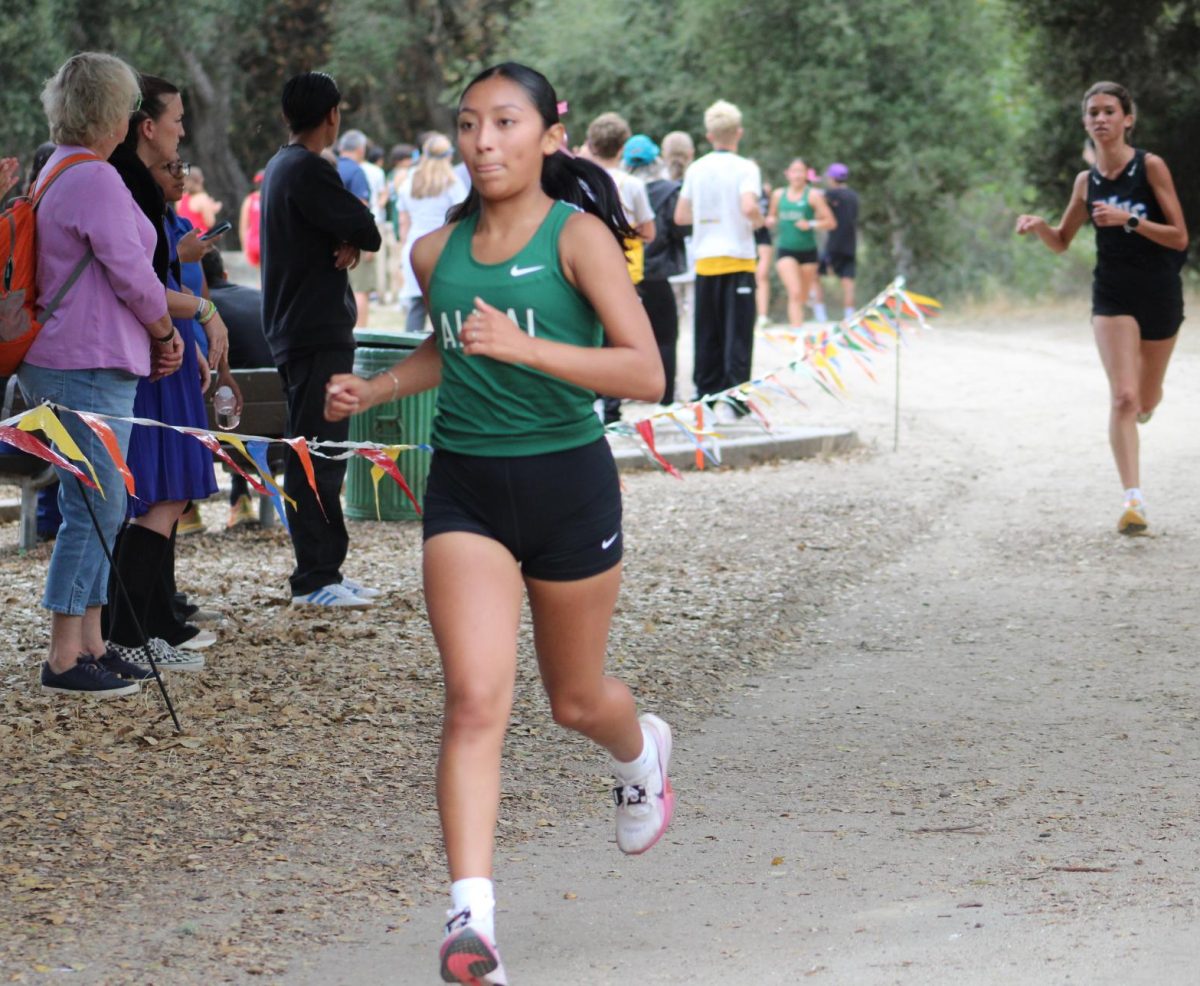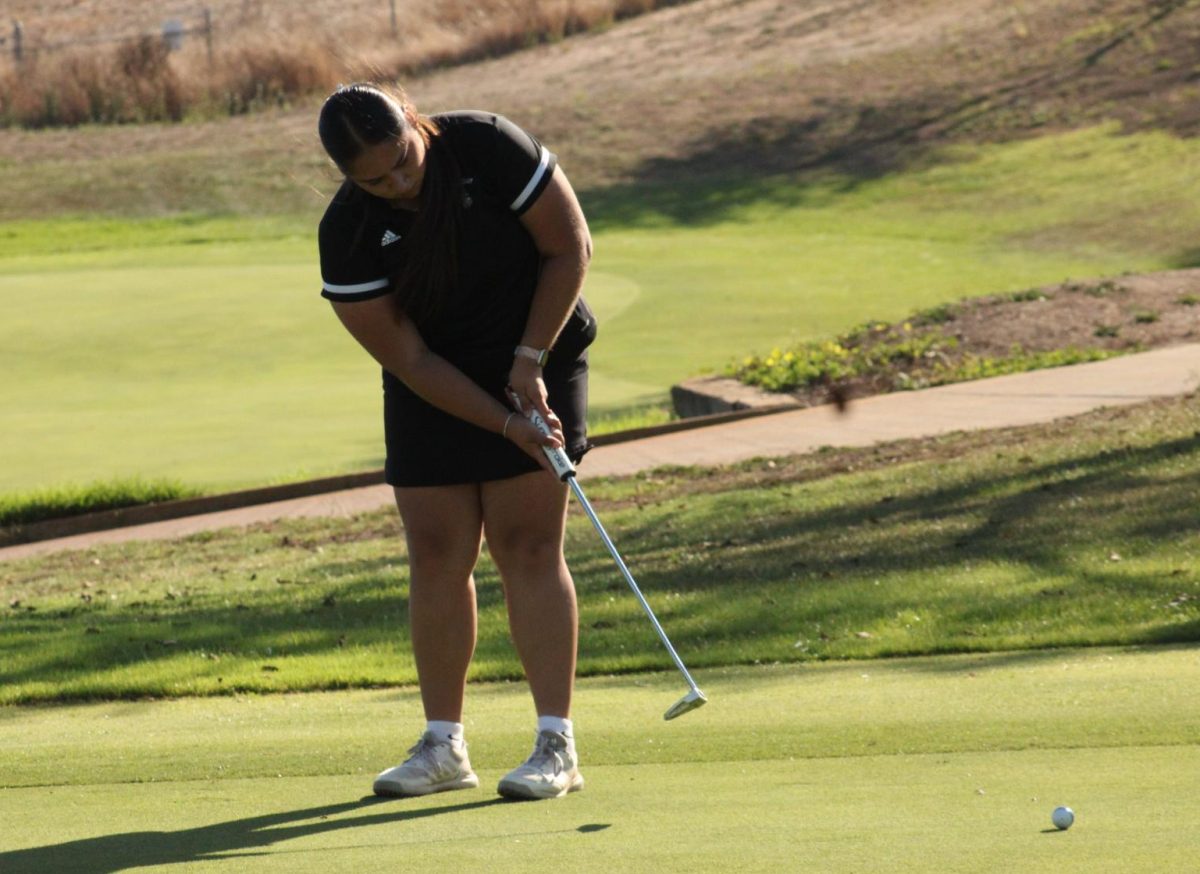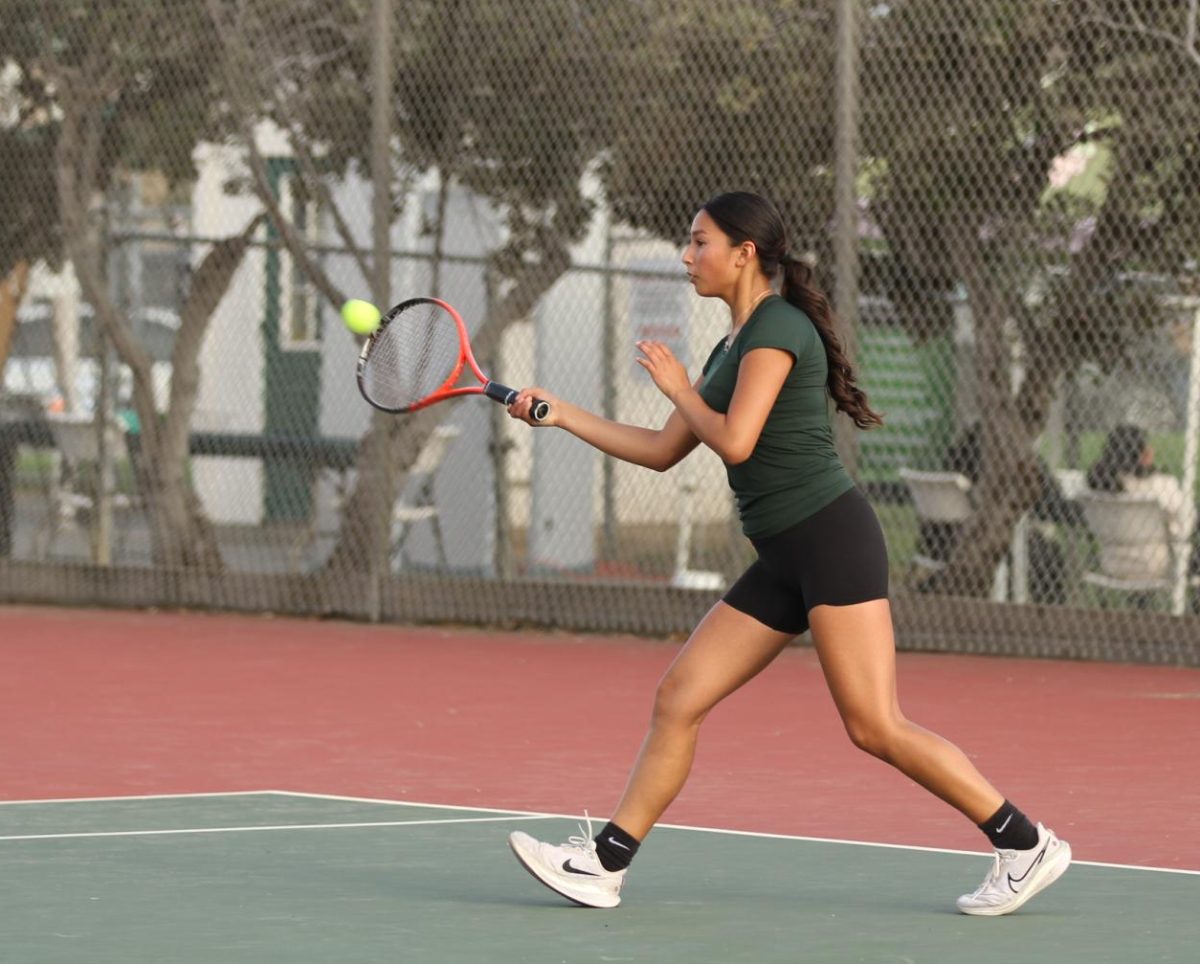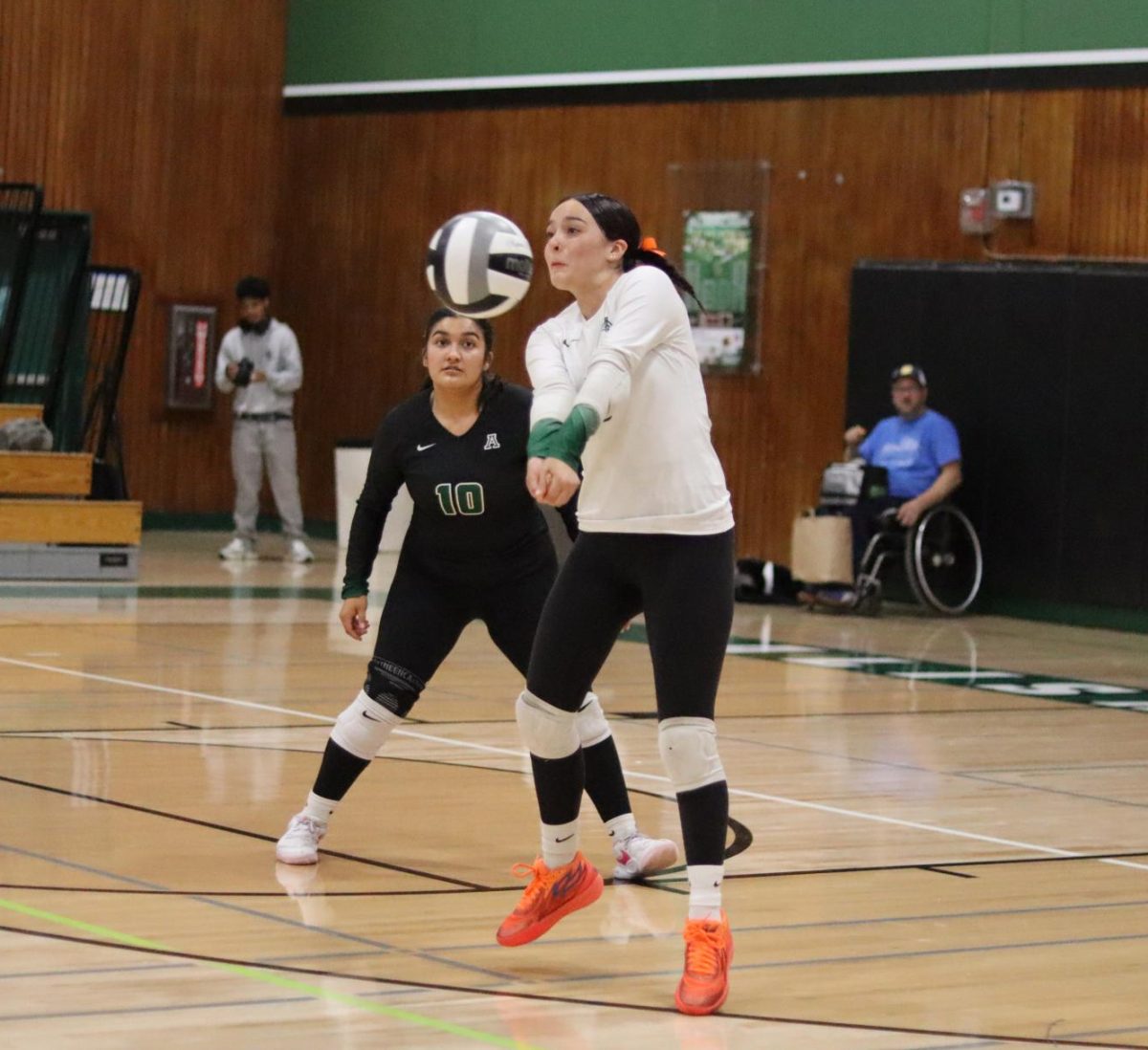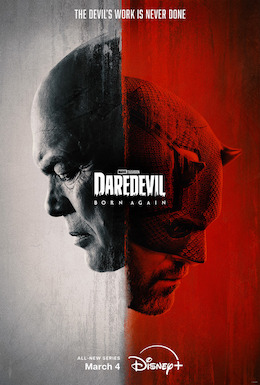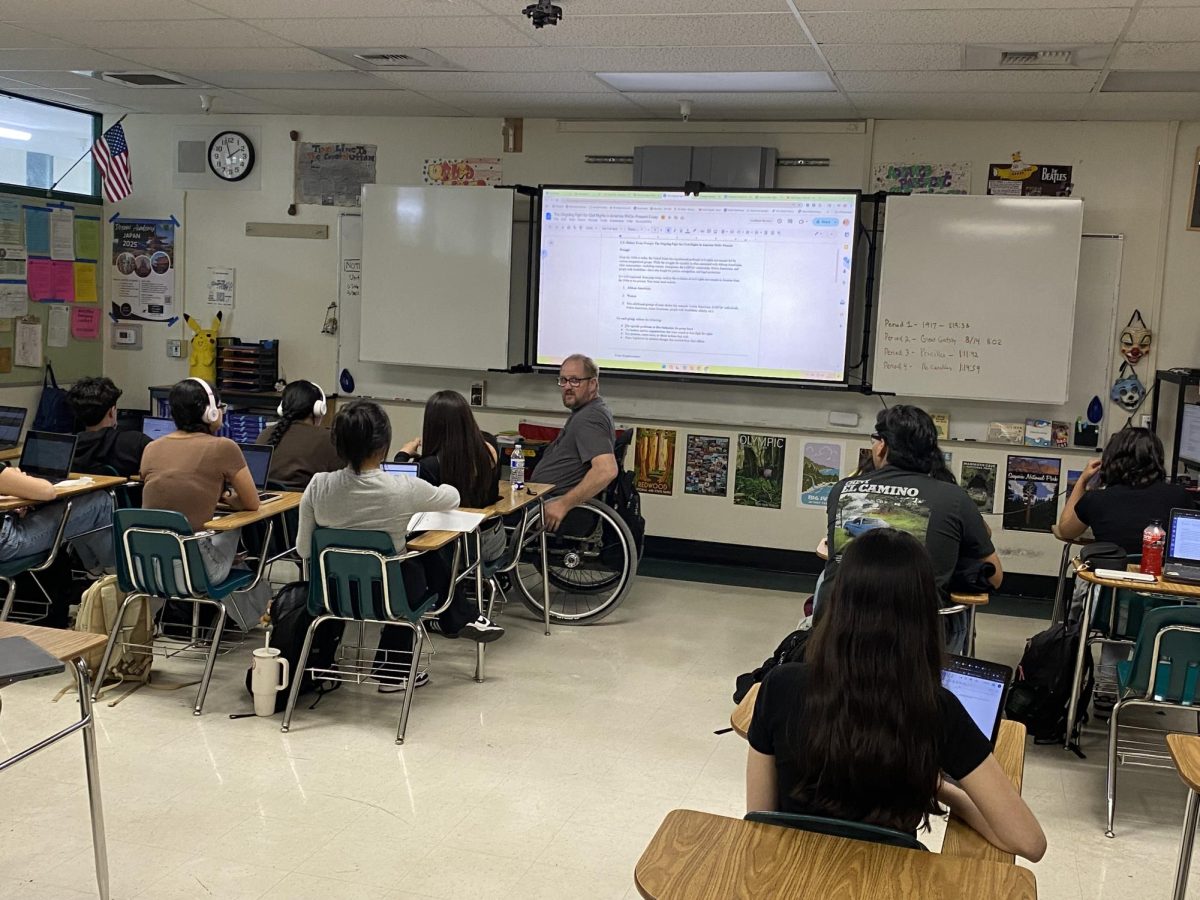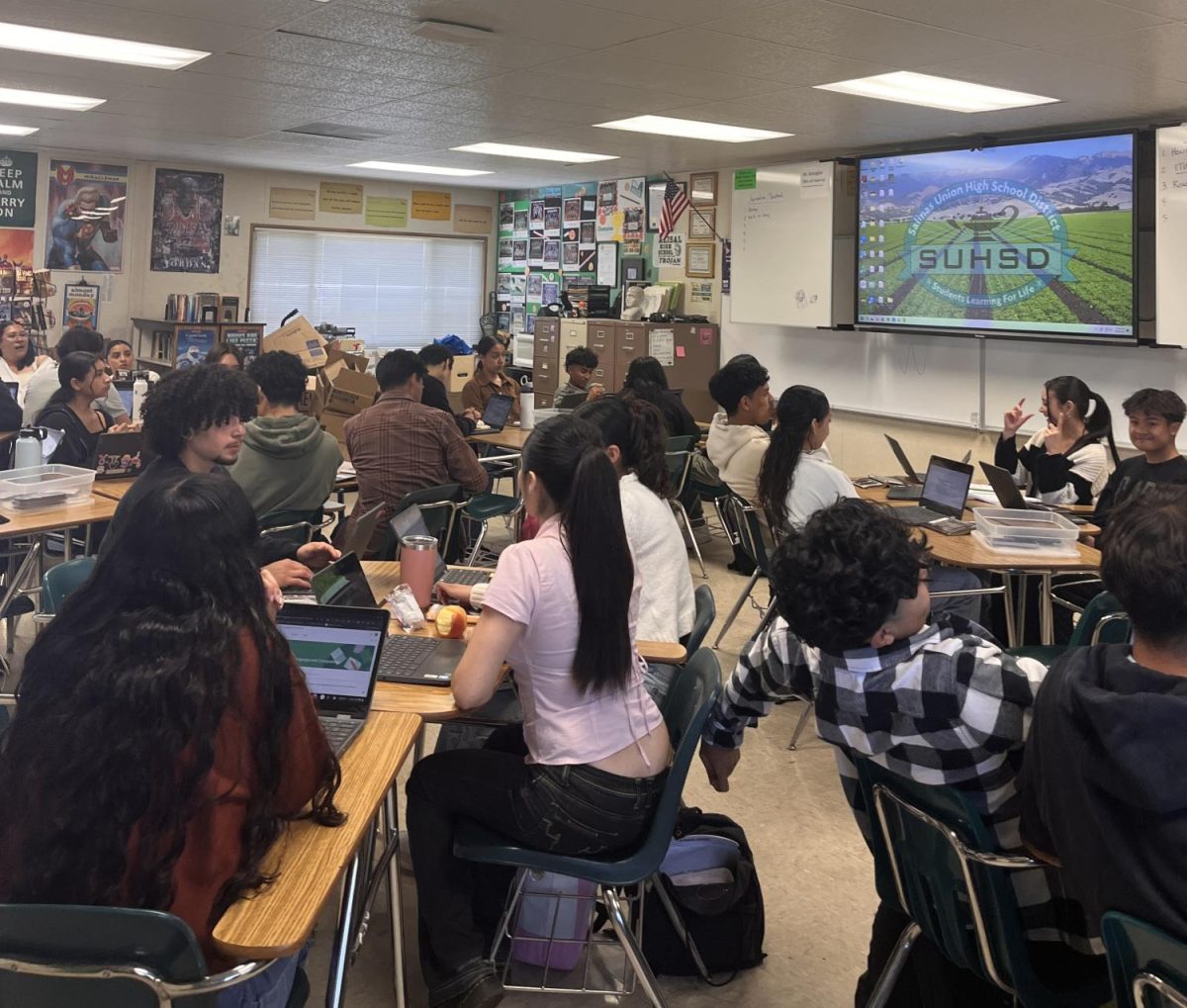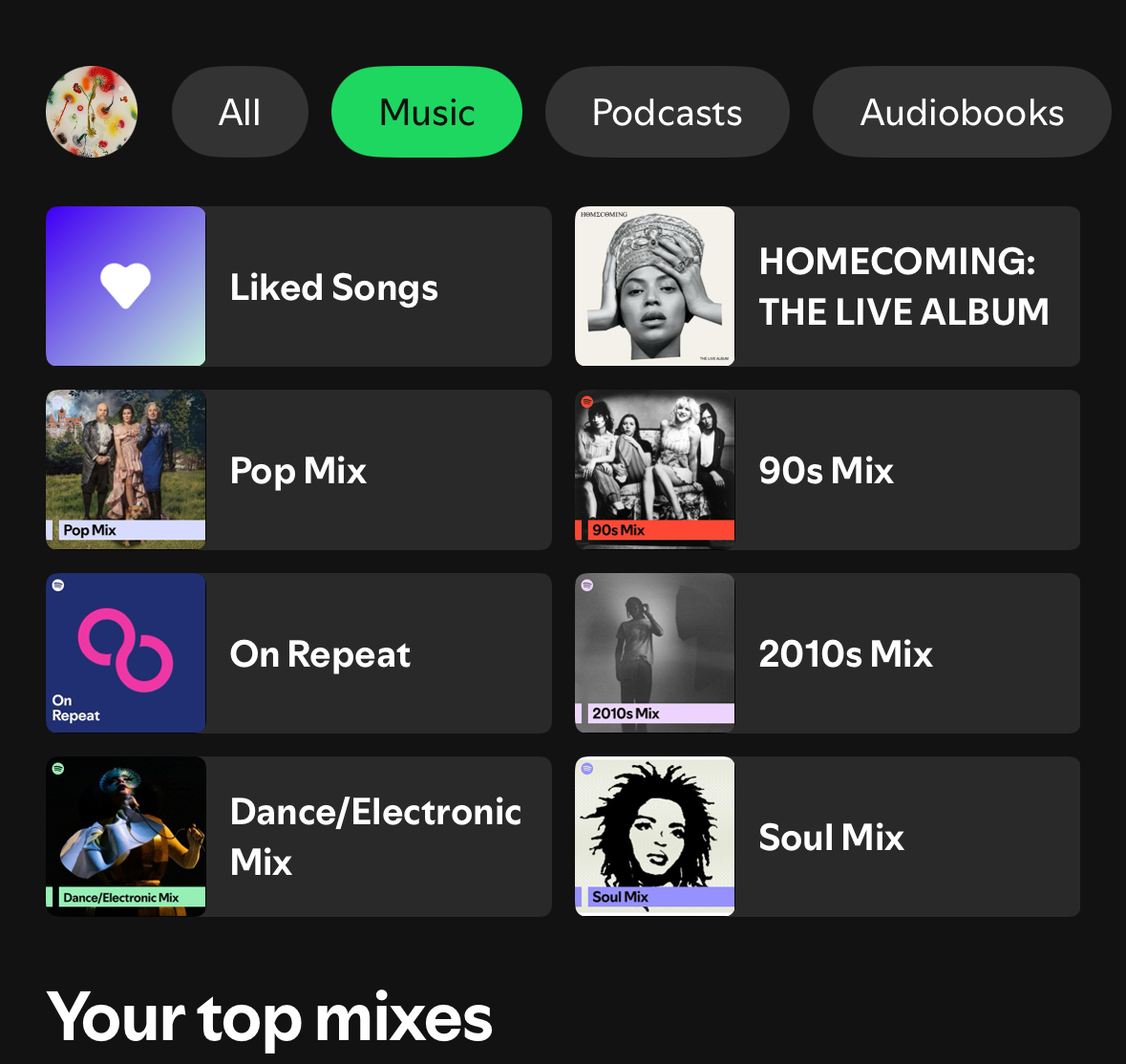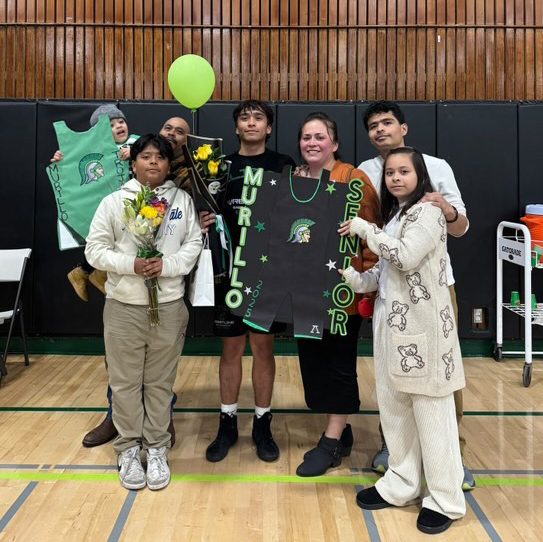Everybody knows that being a student athlete is difficult, but what exactly makes it so hard? Student-athletes face unique challenges that are often taken for granted. While they are celebrated for their achievements on the field, court, or track, many struggle behind the scenes to balance the demands of sports and academics, while also trying to maintain their physical and mental well-being.
One of the most significant challenges student-athletes encounter is managing their coursework while committing to demanding schedules. In an informal student athlete survey, 92% of the 62 respondents agreed the hardest thing about being a student athlete was keeping up with classwork. Junior Sara Neumann, the starting middle blocker for the varsity volleyball team has experience with this. “Having a lot of homework makes it hard to balance that with all extracurricular activities I have,” she said.
While some students already must struggle with managing extracurriculars and coursework, others go above and beyond to stand out academically as well. Advanced Placement, better known as AP courses, are ways for students to take harder courses and place higher in their class ranking.
However, with the higher placement comes harder tests and more workload. One student who has been able to excel in racing and academics is senior Gustavo Perez-Perez, a varsity runner for both cross country and track. Although Perez shines as an athlete, he has also been able to put the “student” in student athlete by taking 4 APs junior year and 4 more senior year. “A lot of people look at sports as their main priority, but I think it’s important to succeed in both,” Perez said. On top of going to classes all day, practices and games consume hours each day, cutting into time for studying, completing assignments, or even attending classes.
Many athletes either wake up early to do homework or stay up late to finish in between school, practices, and even work, leading to exhaustion and burnout. “Depending on the weekdays, I have practice, I go to tutorials everyday and do my homework before my practice,” Neumann said. “Sometimes I even do homework during lunch to get it out of the way.”
Mandatory tutorials after school for an hour are a great resource for student athletes to get in at least an hour of work done before practices. Since students have practices that extend throughout the year, as well as the off-season, tutorials can be very helpful.
Although students complain about practices being pushed later in the day, being able to prioritize getting work done is more important. Junior Cecilia Campos-May, 3rd Year Varsity runner for XC and track has had great results going to tutorials. “Being able to attend tutorials before practice allows me to break down my workload and get stuff done on time,” she said.
Athletic director Jose Gil also describes tutorials as beneficial towards retaining student athletes and maintaining eligibility. “I think it’s the best thing to have ever happened in sports at our school,” he said. Eligibility is at an all time high, and GPAs are skyrocketing. We have far more scholar-athletes to recognize at the end of each season because academics is first.”.
However, practice times and schedules are not always consistent, making it difficult for athletes to have a set schedule on completing their work. Transitioning from one season to the next can have an impact on practice times for the new season. For example, during transition from the basketball season to boys volleyball, time for practices must be accommodated for both. Jonathan Murillo, senior captain of the boys’ volleyball team describes the later practice times as impacting him negatively as a student. “I get home late so I lack sleep and I can’t really manage time because it depends on when I get out of practice.” With the basketball teams practicing for CCS, the boys’ volleyball practices got pushed back as late as 8-10.
Preparing to play before, during, and after the season can lead to injuries, which can cause an athlete to miss part or all of a season. While injuries are an unavoidable risk for student-athletes, they can have long-term consequences.
Recovering from injuries while maintaining academic responsibilities adds another layer of stress. Neumann has experience with this; being born with Patella alta, she is forced to wear braces during physical activity or her knees will pop out. “It can be hard mentally because it can be frustrating being afraid of injury and hard physically because of the pain.”
Along with taking on more difficult courses, like AP classes, and facing injuries, students face time constraints outside of school, such as working part time, completing your share of chores, or keeping up with your relationships. “When it comes to family events during the week I need to sacrifice that because of volleyball games or wrestling meets to be there for the team,” Murillo said.
Murillo works part time at his mother’s flower shop, takes AP classes, and is the coordinator for the volleyball travel team outside of school. With such a busy schedule, it becomes difficult to make extra time to de-stress at family events or hanging out with friends.
However, the definite hardest thing about being a student athlete seems to be letting go. After spending all those hours, days, and years, in the gym training to get better, it all abruptly seems to come to an end.
Feeling the excitement of senior year and making a grand exit after being able to achieve all that you worked hard for. Then in your last home game/meet/match you have your senior night, a time when everyone honors all that you have contributed to your team for the last 4 years.
As the athletes soak in the fact that they step off the field for the last time, and reflect on all the memories where it felt like their first game was just yesterday. Senior captain for boys’ basketball, Kike Jacinto reminisced on this thought, “It’s pretty sad knowing that I won’t be able to play again with my teammates… [I’m hoping to] get a scholarship and play in college.”
One of the hardest things for senior athletes must be the realization that growing up, moving on with their lives, they will slowly give up a part of themselves as they gain new values, responsibilities, and a new life. Nobody thinks about the fact that one day they will do what they love for the very last time. With dedicating your effort, your hours, and cultivating your experiences; it’s bittersweet to reminisce and reflect on all that you missed knowing you can’t go back. “It’s kind of heartbreaking that my season is ending and the friends I made along the way, the teammates I bonded with are going to fade. I wish I could’ve done more in the past but you get what you get,” Murillo said.
Although being a student athlete may appear difficult, it is also one of the most rewarding experiences you can have. Being a student athlete for my four years at Alisal will most likely be the most memorable decision of my time in high school. It has allowed me to build so many friendships, beautiful team memories, and life skills from my team. Most importantly, you are able to spend every season, playing with your friends the sport that you love. In the end, all the times that I had those will be the best memories. As we outgrow sports, we learn from our experiences which can teach us valuable lessons in the future. “I don’t look at it as if it’s my last, but more as a step towards my future,” Perez said.

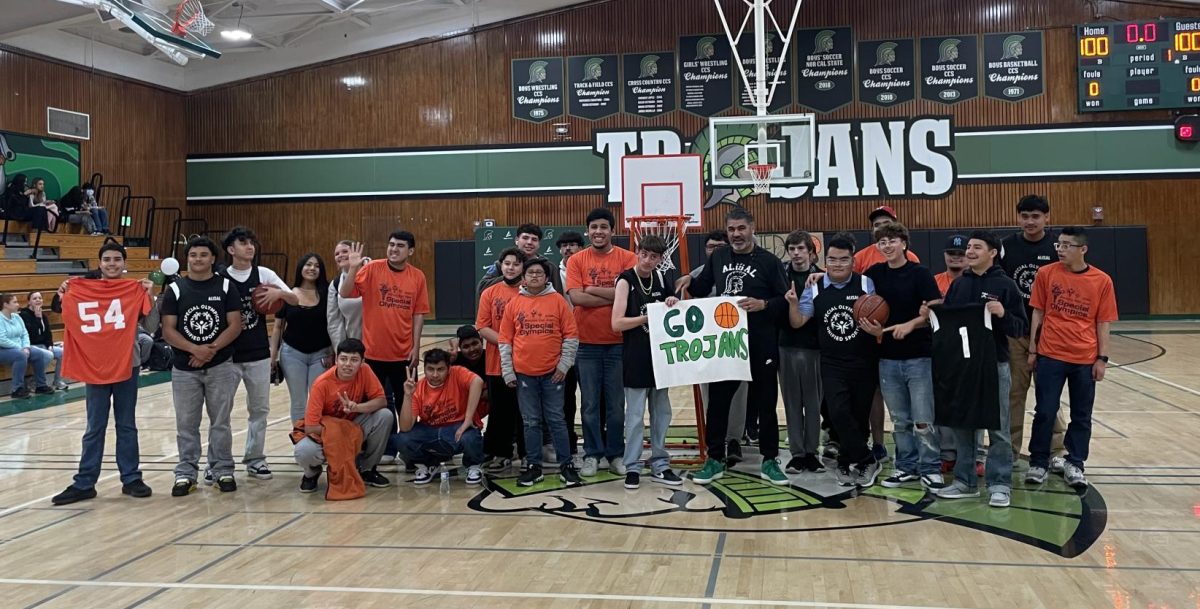
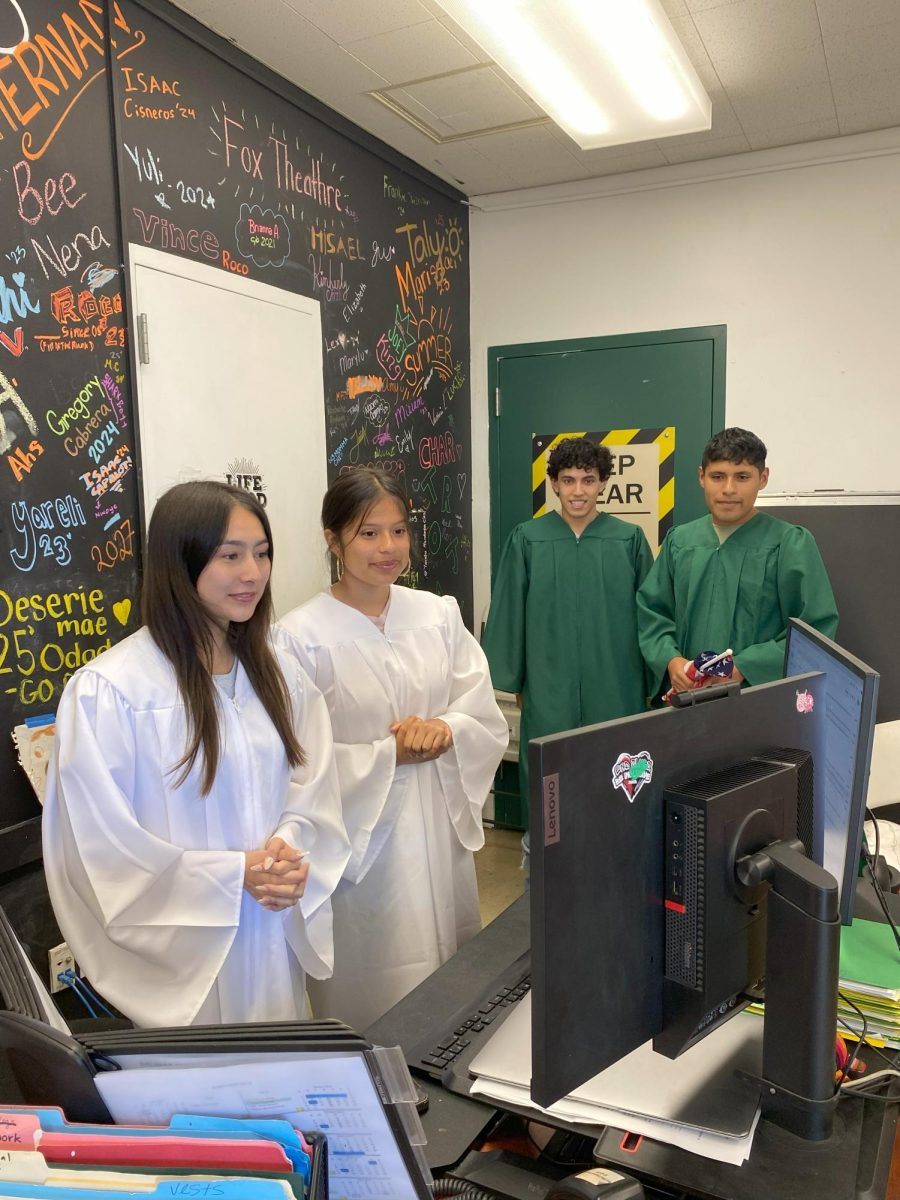

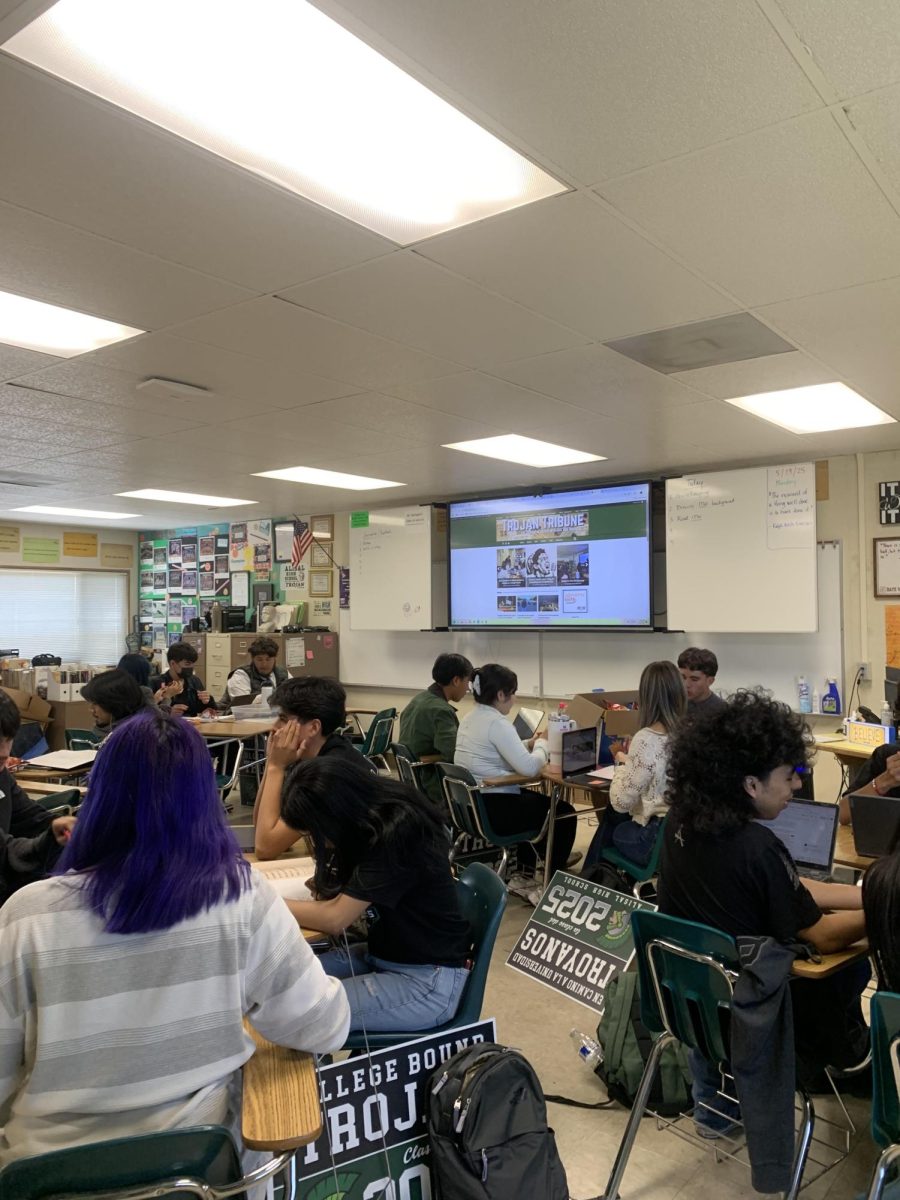

![Senior Jayden Duarte dives across the goal line for one of his five touchdowns in a dominant 62-40 victory over Monterey. It has been a highly successful season for Duarte, and he credits his coaches for putting him in positions to succeed and make key plays. “The goal is to help wherever the coaches need me, receiver, running back, [and] DB,” he said.](https://alisaltrojantribune.com/wp-content/uploads/2025/10/IMG_3599-2-1200x800.jpg)
